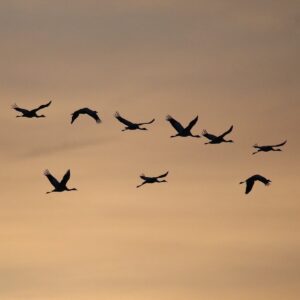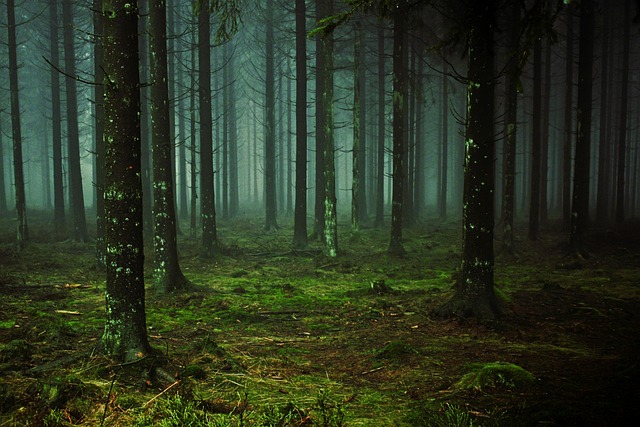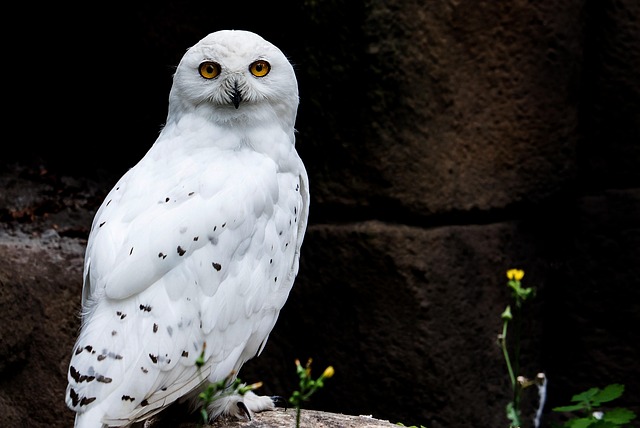The legacy of female naturalists is equally as important to the world of conservation and appreciation of the natural world. From creating the first avian field guide to ending the feather trade to dying in pursuit of birds, these seven femmes prove … [Read more...] about The legacy of female naturalists
Featured
How Many Birds in the World?
It's a common question with a somewhat difficult answer - how many birds are in the world? Ornithologists (someone who studies birds) have been trying to answer this question for years and, due to the difficulty of finding and counting every species, … [Read more...] about How Many Birds in the World?
Pacific Godwit Birds
and Their Fascinating Migratory PatternsEvery Spring, something amazing happens in the skies over the Pacific Northwest. Millions of birds begin a journey north, flying from their winter homes in Hawaii and Central America all the way to their … [Read more...] about Pacific Godwit Birds





